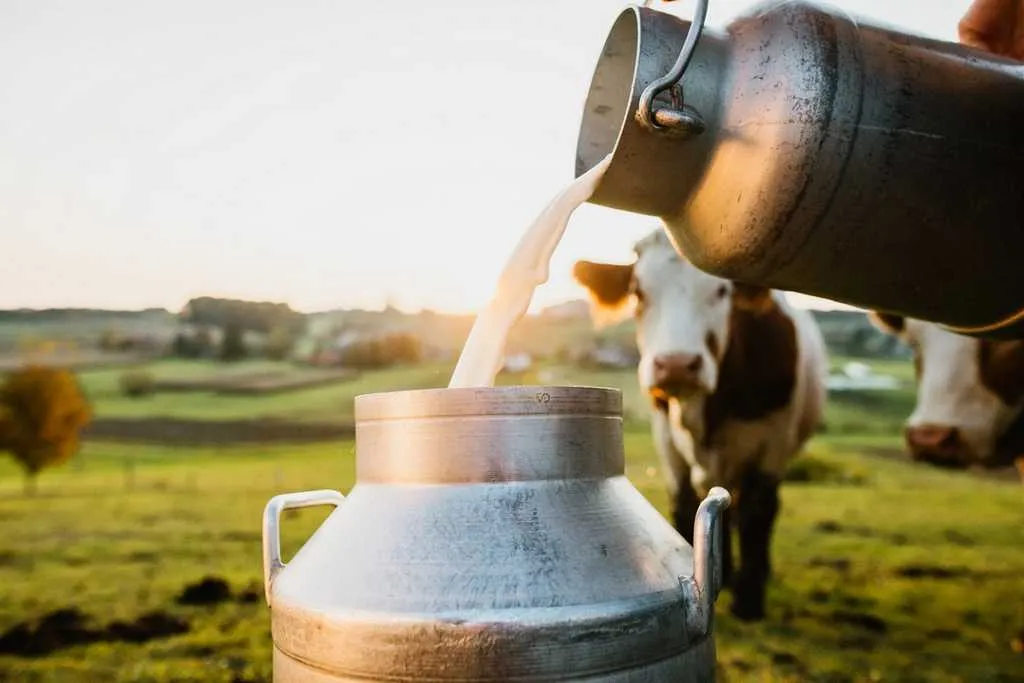In the lush, tropical landscapes of Sri Lanka, a silent crisis is unfolding, one that threatens the backbone of the country’s agricultural sector: cattle farming. As temperatures rise, so does the pressure on this vital industry, and a recent study published in *Discover Agriculture* sheds light on the stark realities facing farmers and the broader economy.
The research, led by Kanagasingam Umashankar from Nagoya University’s Program in Economic Development Policy and Management, delves into the economic and ecological impacts of rising temperatures on cattle farming in Sri Lanka. Using a comprehensive dataset spanning from 2008 to 2022, the study paints a vivid picture of the challenges ahead.
“Our findings reveal a stark reality: a 1°C increase in mean annual temperature leads to a 54% reduction in formal milk collection,” Umashankar explains. This translates to an estimated annual economic loss of approximately USD 2 million, a significant blow to an industry that supports countless livelihoods.
The study’s monthly analysis further underscores the acute vulnerability of cattle-based milk production systems. For every 0.01°C temperature rise, there is a 0.54% decline in annual milk collection. This trend is particularly critical in the Northern, North Central, and parts of the Eastern regions, where warming has been most intense.
But the impacts don’t stop at milk production. Temperature-induced shifts in cattle breed dynamics were also observed. High-yielding improved breeds declined significantly under warming conditions, while heat-tolerant local crossbreeds showed relative resilience or even growth. This adaptive breeding strategy is emerging as a key coping mechanism for farmers.
Remote sensing analysis revealed parallel environmental deterioration, including reductions in vegetation density and freshwater availability. These factors are essential for sustaining cattle farming in dry zones, adding another layer of complexity to the challenges faced by the industry.
The study’s findings highlight the interconnectedness of climate, dairy milk collection, land use, and water resources in vulnerable agricultural systems. Policy recommendations include promoting heat-tolerant cattle breeds, drought-resilient fodder crops, and integrated water conservation strategies. These interventions could strengthen adaptive capacity and long-term sustainability in cattle farming, aligning with global climate resilience goals and sustainable agricultural development pathways.
As the world grapples with the realities of climate change, studies like this one provide crucial insights into the economic and ecological impacts on vital industries. The findings could shape future developments in the field, guiding policymakers and farmers alike in their efforts to build resilience and ensure the long-term sustainability of cattle farming in tropical island economies.
In the words of Umashankar, “Understanding these impacts is the first step towards developing effective adaptation strategies. It’s a complex challenge, but one that we must address if we are to secure the future of cattle farming in Sri Lanka and similar regions.”

